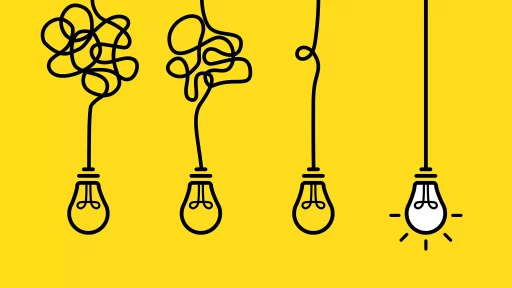Introduction
In the realm of software development, programming paradigms are constantly evolving. One such paradigm gaining traction is the Visual Programming Language (VPL). This article aims to demystify what VPL is, how it works, its real-world applications, and why it’s becoming a key player in both education and professional settings.
What is VPL?
Visual Programming Language (VPL) is a type of programming language where users create programs by manipulating graphical elements rather than writing text code. It allows for a more intuitive approach, making programming accessible to those without extensive coding knowledge.
Key Features of VPL
- Graphical Interface: Users can drag and drop elements to build applications visually.
- Reduced Syntax Errors: Since users are not typing code, the likelihood of syntax errors decreases significantly.
- Real-Time Feedback: Users can see the effects of their actions immediately, facilitating a dynamic learning environment.
- Modularity: Programs can be constructed in smaller modules that can be independently tested and reused.
Examples of VPL
There are several well-known Visual Programming Languages that exemplify this concept:
- Scratch: Aimed primarily at children, Scratch allows users to create interactive stories, games, and animations using a block-based coding approach.
- Blockly: Developed by Google, Blockly utilizes a similar block-based approach for creating web applications and can be easily customized for different needs.
- LabVIEW: Primarily used in engineering applications, LabVIEW uses a graphical programming language to build data acquisition and control systems.
Case Studies: VPL in Education
VPL has seen significant adoption in educational systems worldwide due to its ability to engage students in programming without overwhelming them with complex syntax. Here are a couple of case studies:
- MIT Media Lab: The Scratch programming environment developed by the MIT Media Lab serves over 30 million users worldwide, teaching them the fundamentals of programming through interactive projects.
- Code.org: This nonprofit organization uses VPL strategies in its curriculum, enabling students of all ages to learn coding fundamentals in a hands-on environment.
Statistics and Trends in VPL Usage
The usage of Visual Programming Languages is on the rise, especially in educational contexts. According to recent statistics:
- About 60% of schools in the United States have integrated coding into their curricula, with VPL environments being a popular choice.
- Research indicates that students using VPLs are more likely to pursue advanced computing coursework.
- Surveys show that over 70% of teachers believe that students show increased engagement when learning through visual tools.
Advantages of Using VPL
VPLs offer several benefits for both novice and experienced programmers:
- Accessibility: VPLs lower the entry barriers for people of all ages and backgrounds to learn programming.
- Visualization: Users can visualize how code executes in real-time, making debugging easier and quicker.
- Team Collaboration: VPLs often emphasize collaborative work, allowing teams to understand each other’s contributions effortlessly.
Challenges of VPL
While VPLs provide numerous benefits, they are not without challenges:
- Limited Flexibility: More complex programming tasks can sometimes be cumbersome or impossible to execute using VPL.
- Performance Issues: Visual representations may lead to less optimized code than traditional programming languages.
- Misconceptions: Some users might believe that VPL removes the need to learn traditional programming, which may hinder their coding skill development.
Conclusion
Visual Programming Languages represent a significant shift in how programming can be taught and understood. Their user-friendly interfaces make programming more accessible than ever, paving the way for diverse groups to engage in coding. While there are challenges associated with VPL, the benefits far outweigh them, especially in educational environments. As technology evolves, VPL is likely to become an integral part of the coding landscape.




